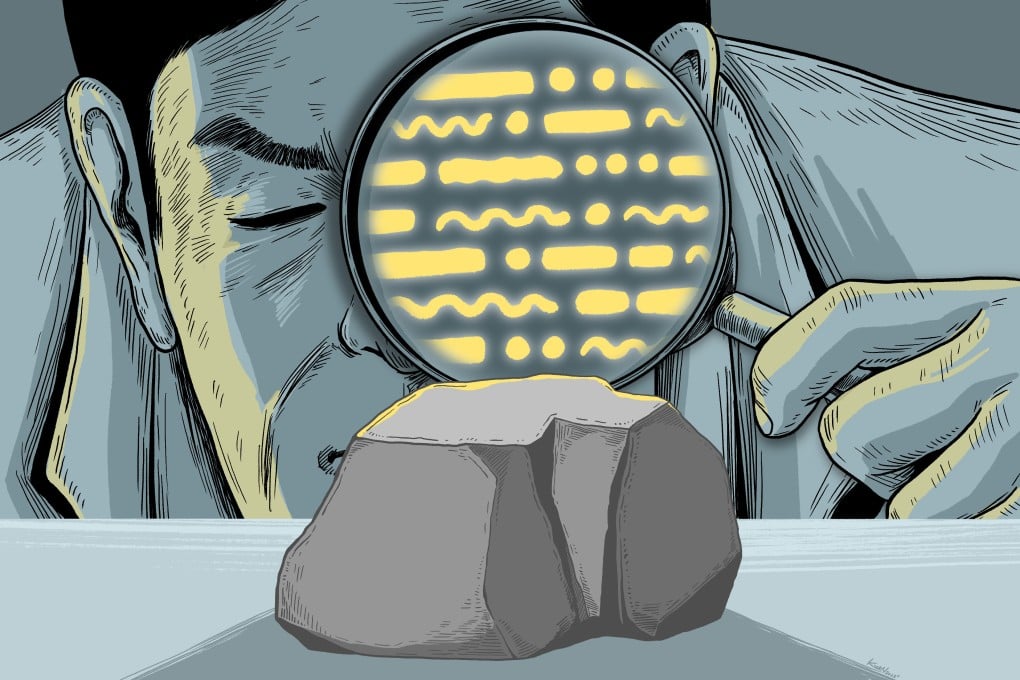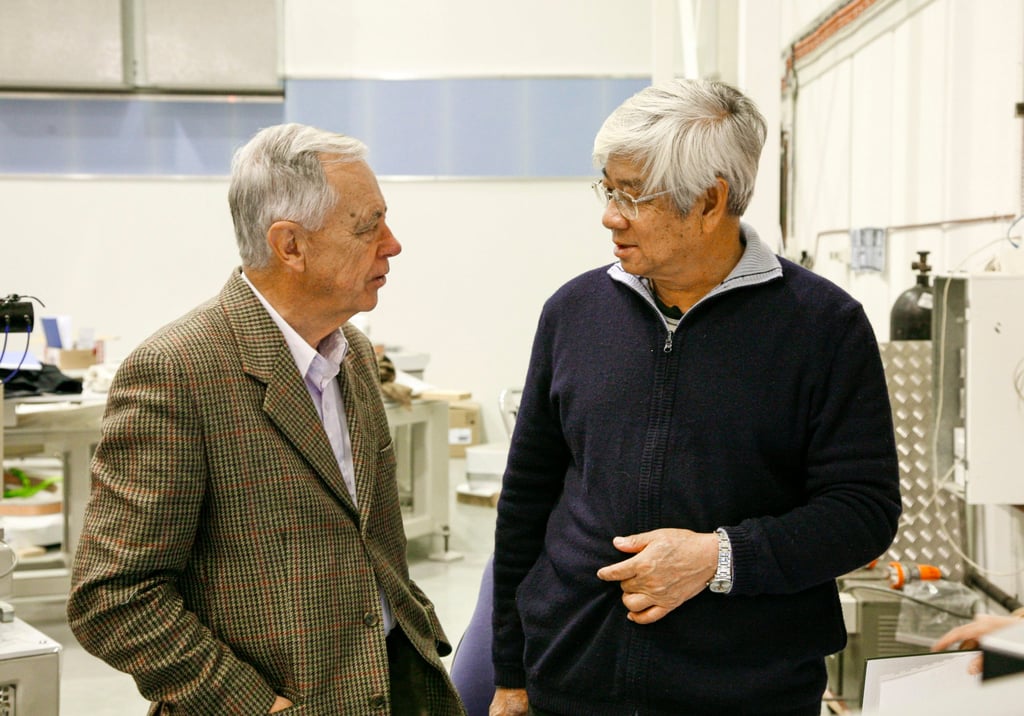The time machine taking China’s earth scientists back through the dust of the distant past
- The SHRIMP was developed in Australia and used to date some of the oldest known rocks in China
- Now a group of Chinese researchers hope to take the technology forward and encourage others to make their own scientific instruments

The sample was tiny – just a microscopic film – but it was enough to establish the date of the lunar crater it had been taken from.
Based on those results, the Chinese team, together with peers from Australia, Britain, Sweden and the United States, confirmed that volcanic activity continued on the moon for a billion years later than previously known.
The team was able to date the sample thanks to SHRIMP technology, a device developed in Australia and widely regarded as the gold standard in rock dating.
China is home to two of the 20 SHRIMP – or Sensitive High-Resolution Ion Micro Probes – in the world and now Liu’s team aims to advance the technology and build its own instruments to avoid the risk of foreign export controls.
Liu said he hoped the project would encourage more researchers to build their own scientific instruments.

